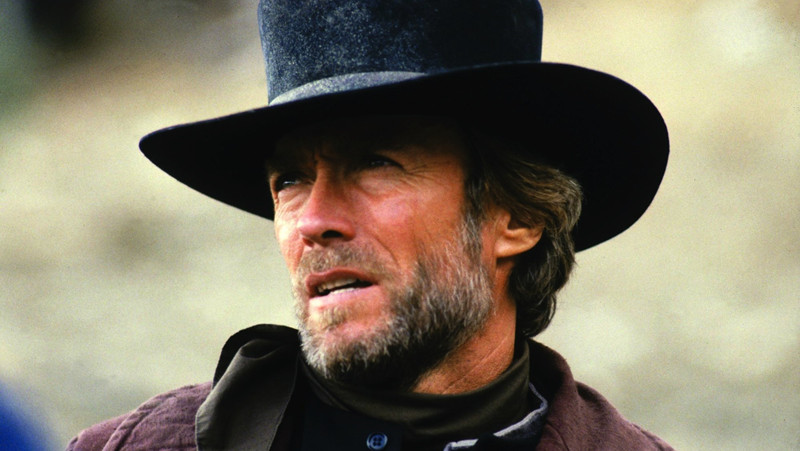
Based on longevity, box office, critical success, the formative influence on the Western, and general iconography, Clint Eastwood has had one of the finest careers in Hollywood history as an actor and director.
A populist favorite who pushed the artistic envelope, Eastwood’s notable works and his hidden gems are captivating pieces of entertainment and integral texts surrounding masculinity, violence, and redemption. With such a vast filmography, one is certain to have missed a handful of great films that he has put his name to.
1. Where Eagles Dare (1968)
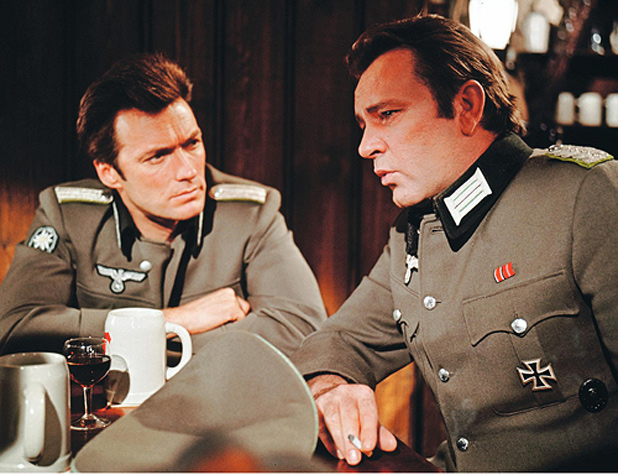
The late 1960s is when Clint Eastwood emerged from television and firmly announced himself as a premiere movie star. In an unusual dynamic for the actor, he played second fiddle to Richard Burton in this sturdy man-on-a-mission caper. Where Eagles Dare laid the groundwork for the kinds of projects that Eastwood would be attracted to and subsequently elevate on his part.
The film, directed by Brian G. Hutton, follows a journey of Allied agents who plan a daring raid on a castle where Nazi soldiers are holding an American general hostage. During this time in Hollywood, movies were prone to glamorize combat set in World War II. It was used as escapism amid a time of social and political upheaval in the ‘60s.
In Where Eagles Dare, the gritty and precarious situation of the story keeps the viewers on edge. The slickness in Hutton’s direction satisfies the expected elements in a wartime adventure film, but thanks primarily to Eastwood’s presence, the film carries itself with menace. Eastwood, who plays Lieutenant Schaffer, an American who is skeptical of the mission, is the audience avatar. However, his stern demeanor resembles him closer to The Terminator than anything played following.
As is the case with every instance where he stood in front of the camera, Eastwood’s presence is unmistakable, and the driving power of a film that is often dragged by the plot mechanics. When the rubber meets the road, the impressive action set pieces in Where Eagles Dare makes the entire narrative feel worthwhile. Amid the grand scope of the Allies vs. the Nazis, Eastwood proves himself as a titanic figure.
2. The Beguiled (1971)
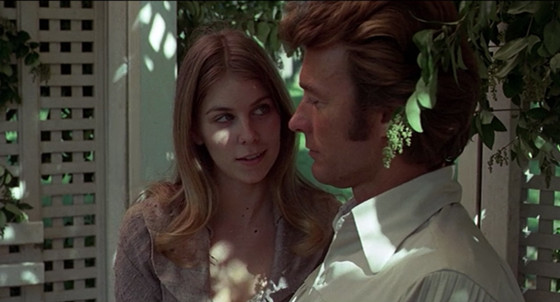
1971 was a monumental year for Clint Eastwood. Considering it featured his directorial debut, Play Misty for Me, and the inaugural portrayal as Harry Callahan of Dirty Harry, the year confirmed that Eastwood would be a prominent star and visionary in Hollywood for years to come. Off to the side this year, he also collaborated with Dirty Harry director Don Siegel to make The Beguiled, one of Eastwood’s most complex and daunting pictures to date.
Based on the novel by Thomas Cullinan, The Beguiled centers around a Confederate girls’ boarding school during the Civil War that houses a gravely wounded Union soldier, John McBurney (Eastwood). The soldier grows to seduce the hearts of the inhabitants of the school, which causes betrayal and turmoil between the girls and eventually McBurney. The film utilizes Eastwood’s stardom and image richly. Even though he is an enemy, these Confederate girls can only help but offer him hospitality. While the audience suspects that McBurney is in control of the situation, Siegel unravels the dynamic by revealing him to be imprisoned by the unhealthy desire for affection on the girls’ part.
The film is effective as a psychological thriller, with Siegel’s visual language of a disturbed gothic romance brilliantly deconstructing Eastwood’s star persona. By making McBurney vulnerable, it simultaneously characterizes the boarding school instructors and students as deeply wounded spirits. Both parties are stricken with temptations and trepidations–allowing the story to be refreshingly ambiguous thematically. The Beguiled, as a domestic drama, crystalizes the undermining horror of the Civil War and a fractured America. Don Siegel was a master genre filmmaker, so even with the greater narrative implications aside, the film is paced with such a riveting momentum and energy. The Beguiled signaled the revisionist takes on revered American heroes that Eastwood would desire to tackle as an actor and director.
3. High Plains Drifter (1973)
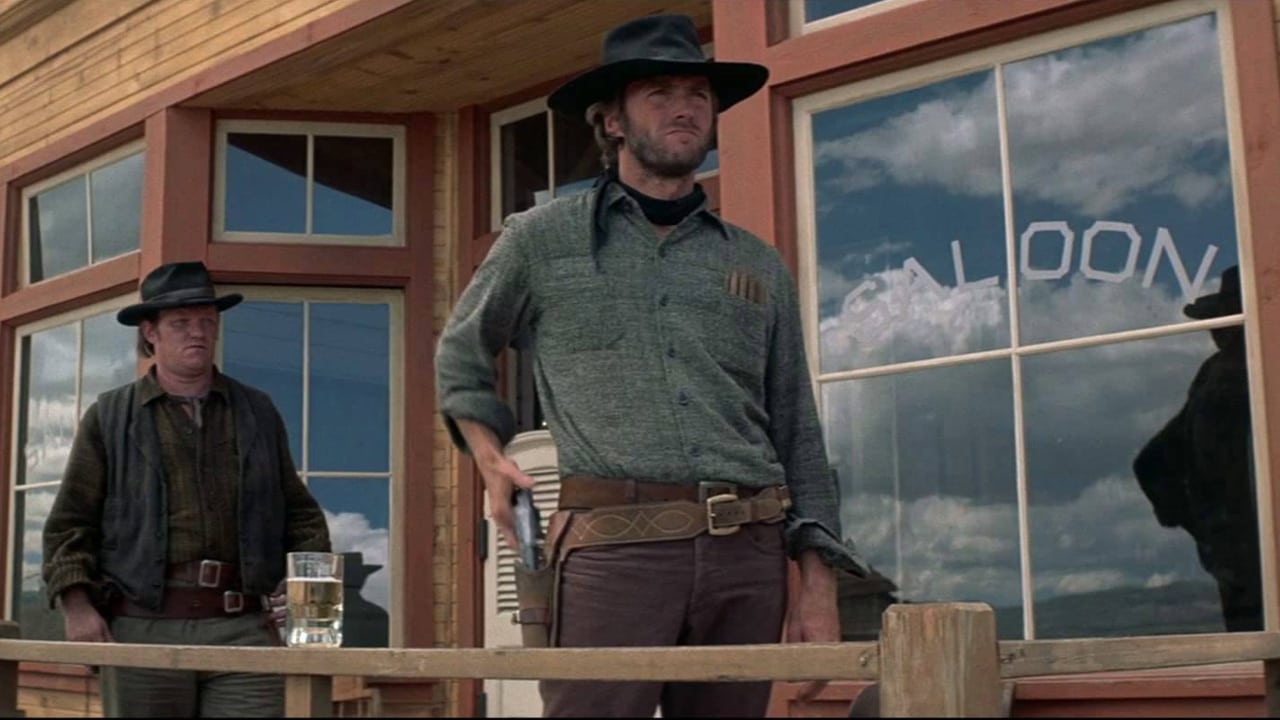
Decades before his magnum opus, Unforgiven, Clint Eastwood laid the groundwork for the revisionist Western envisioned by John Ford in his later years. Ironically, it was Ford’s frequent collaborator, Western icon John Wayne, who notoriously despised High Plains Drifter and vowed to never work with Eastwood after receiving an offer to star together. Wayne’s reaction to the film’s unsavory, unromanticized depiction of cowboys and the American frontier is precisely why it is brilliant.
In Eastwood’s second bid as director, High Plains Drifter depicts a brutal, nameless vigilante Stranger (Eastwood) who is hired by a small town to rally its folks together to defend against an attack from three outlaws. This is Eastwood’s closest manifestation of the Devil and the harshest depiction of the old west as a hellscape. The artifice of the local settlement’s neighborhood disguises the true wickedness of the violent undertones of vigilantism.
High Plains Drifter is as if the palatable revisionist Western was inverted to display the ugly facets of the American mythos that the respective films tried to maintain. The Stranger is a vicious figure who commits sexual assault and murders at will. There is nothing redeemable about him even in his supposed righteous cause, but the townspeople have no choice but to accept his guardianship.
High Plains Drifter relishes in the bleakness of a world resigned to nihilism as a means of justice. The Stranger tears down the glamor of Western iconography by painting it red and eventually burning it all to the ground. From such an early point in his filmmaking career, Eastwood’s haunted reckoning with the American West as a vehicle for violence and immorality among fabled guardian angels was profound.
4. Thunderbolt and Lightfoot (1974)
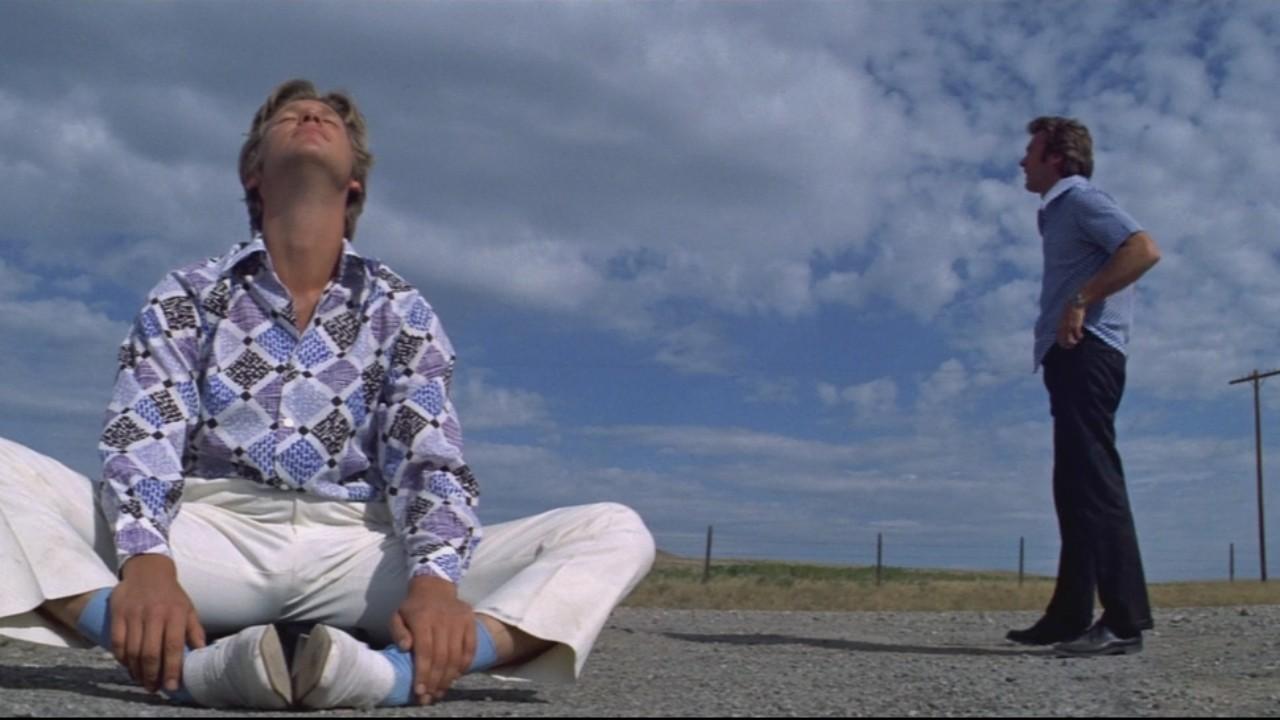
Before reaching the artistic heights of The Deer Hunter and permanently altering the fabric of the movie industry with the fiasco of Heaven’s Gate, Michael Cimino gave Clint Eastwood a fascinating star vehicle. Paired with a rising star, Jeff Bridges, Eastwood could play off the energy of a new radiant voice in Thunderbolt and Lightfoot. The buddy road trip movie boded well for the star, but Hollywood was misguided by the success and stuck him with an orangutan in a film of the same orbit in Every Which Way but Loose.
In Thunderbolt and Lightfoot, a seasoned bank robber, Thunderbolt (Eastwood), along with his newly acquainted troubled sidekick, Lightfoot (Bridges), decides to reunite with his former partners in crime to organize a new heist. As Cimino is rooted in his time, the film is ingrained with the style and tone of a New Hollywood character study but is classical in its storytelling and structure. If not for a compelling dynamic between the titular characters, the film would have collapsed under itself.
Fortunately, Eastwood and Bridges share electric chemistry. They give similar enough performances to not devolve the story into a watered-down odd-couple story of bickering counterparts. The road trip feels like a piece of a lost Americana that Eastwood has spent his career trying to reckon with as a director. Cimino’s fixation on the genre elements and beats of the greater plot distracts from the real charm at the heart of Thunderbolt and Lightfoot. The film is better off stripped down of its intrigue with the heist and focused on the relationship between the two. Either way, the 1974 film makes one wish that Eastwood matched himself with an up-and-coming star more often to serve as his foil.
5. Escape from Alcatraz (1979)
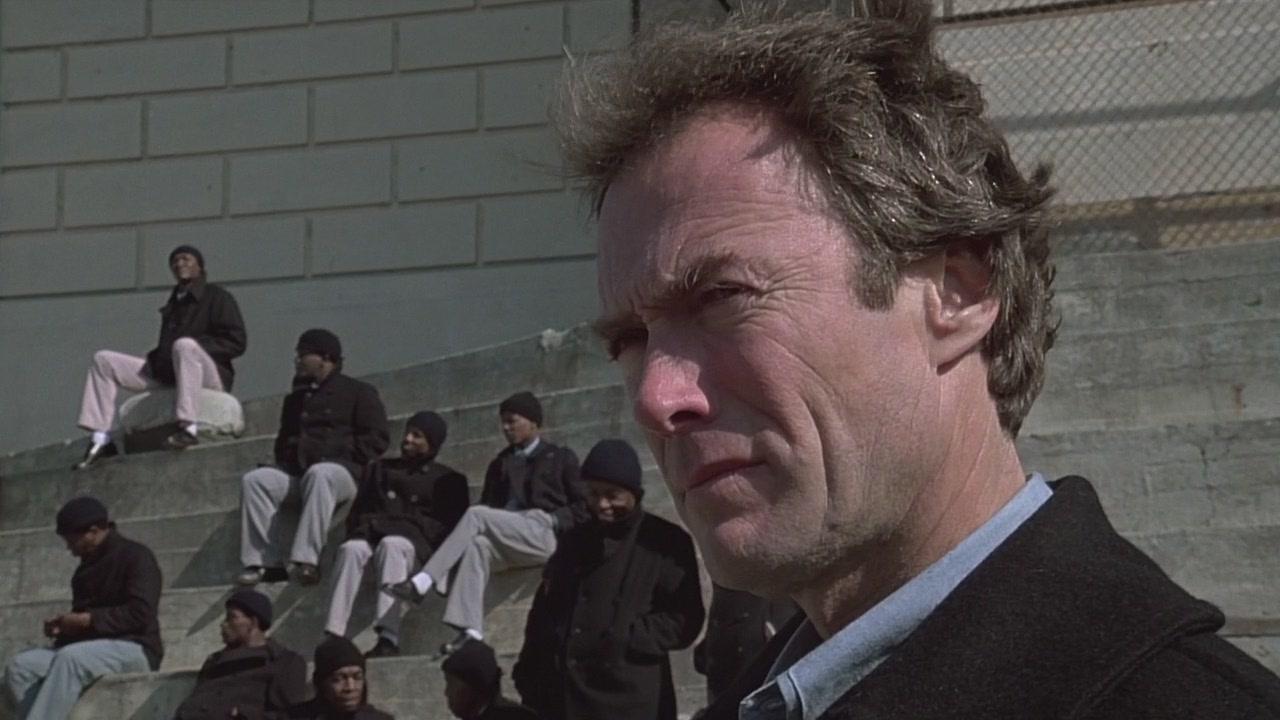
Few actor-director duos have a higher standard of consistent excellence than Clint Eastwood and Don Siegel. When together, audiences are assured to experience a tightly-paced, star-driven, expertly crafted film. Escape from Alcatraz, while not the most thematically provocative film, is the kind of engaging thriller that would be welcomed immensely today. The 1979 film is a confirmation that, when Eastwood is on screen, a film will have everyone’s attention.
Based on a true story, Escape from Alcatraz follows bank robber Frank Morris’ (Eastwood) master plan to break out of the seemingly impenetrable federal penitentiary. It’s such a simple premise, but it is wholly satisfying. Siegel’s meticulous pacing heightens every move made by the characters toward the climax. The characters’ motives are employed through the patient pacing of the respective staging. Siegel’s commitment to the interconnectivity of escape coordination builds natural tension. In general, there are few narratives inherently more enjoyable in movies than heist setups and/or escape plans, and the film knows this.
Escape from Alcatraz is refreshing in its choice to curb forced character ethos in the writing–solely focusing on the outcome of the dungeon-like prison to elevate the fatalistic implications of the story. Eastwood is as captivating as always. He is charismatic enough to hold attention but is restrained to reality and the repressive nature of prison life. The lack of tiresome melodrama in the film helps define its working-man characteristic that is right in the wheelhouse of Siegel and Eastwood. Just as much as his future films aggressively reflect his image, Escape from Alcatraz’ straightforward thrills and payoffs embody Eastwood.